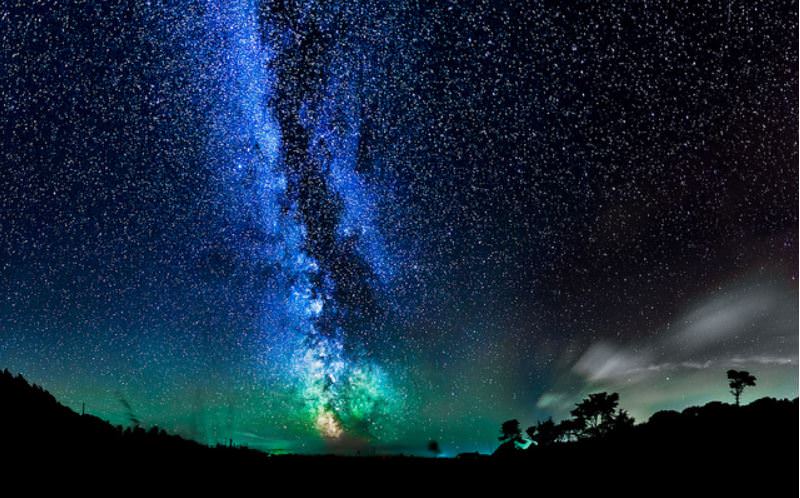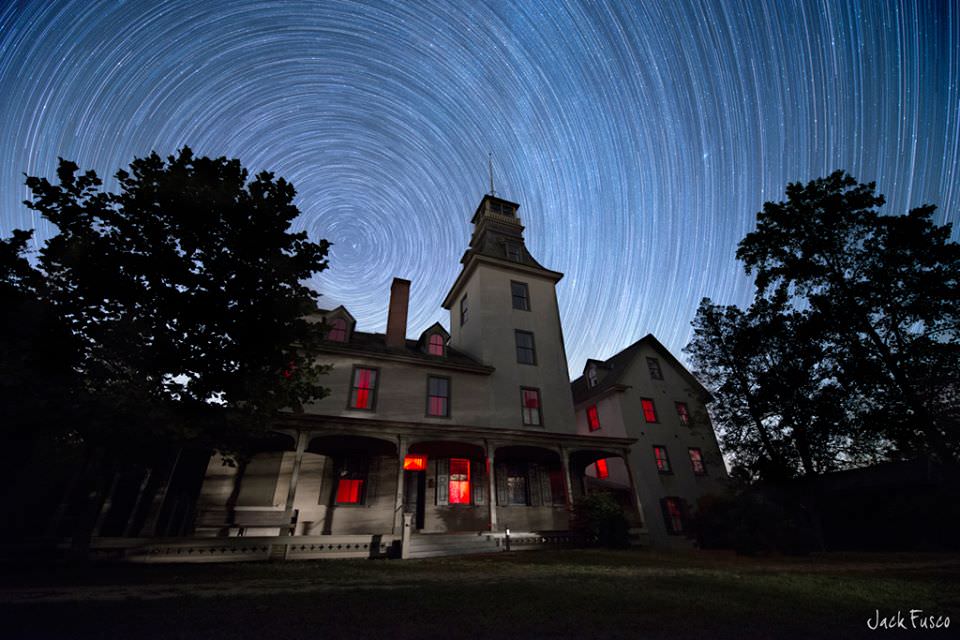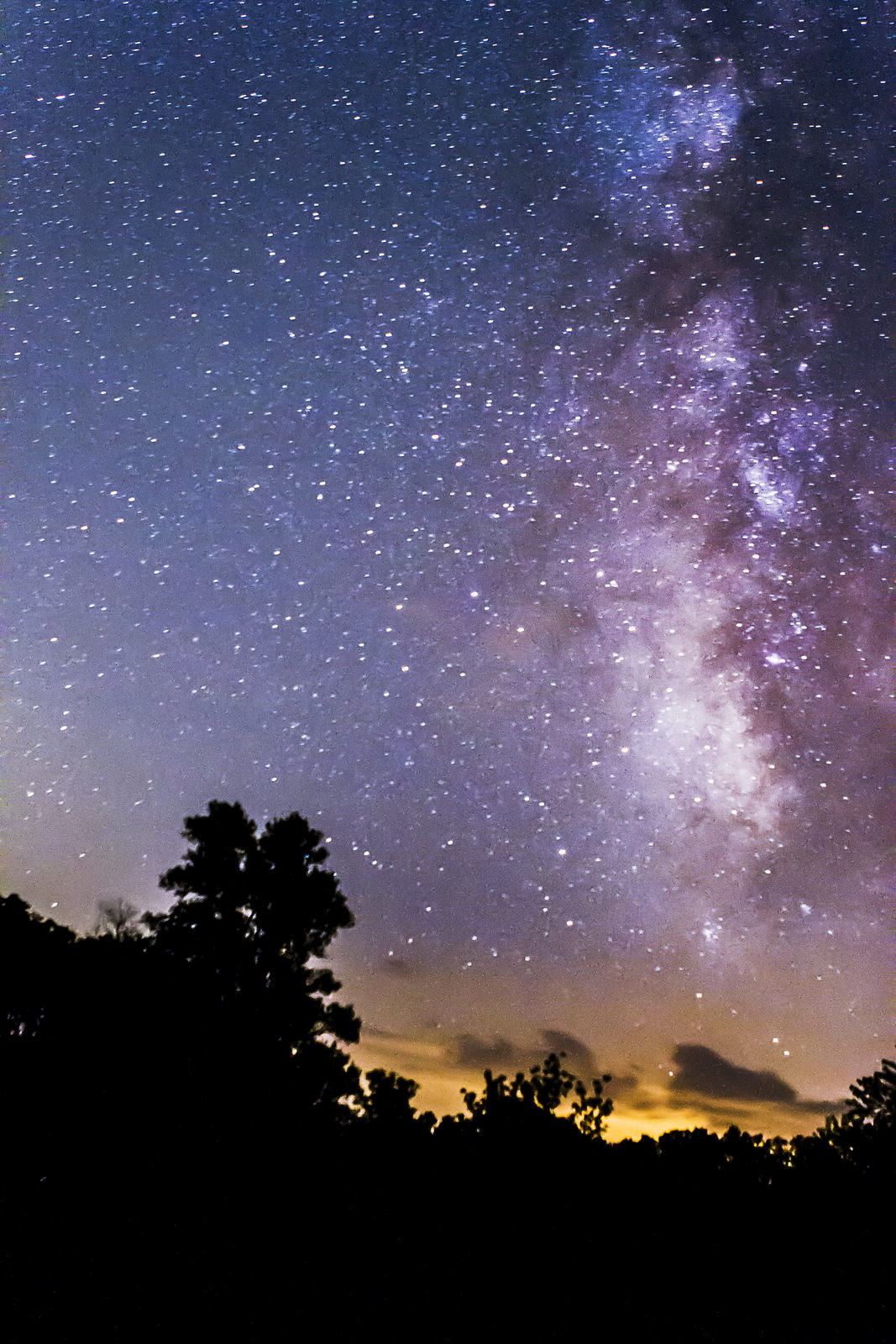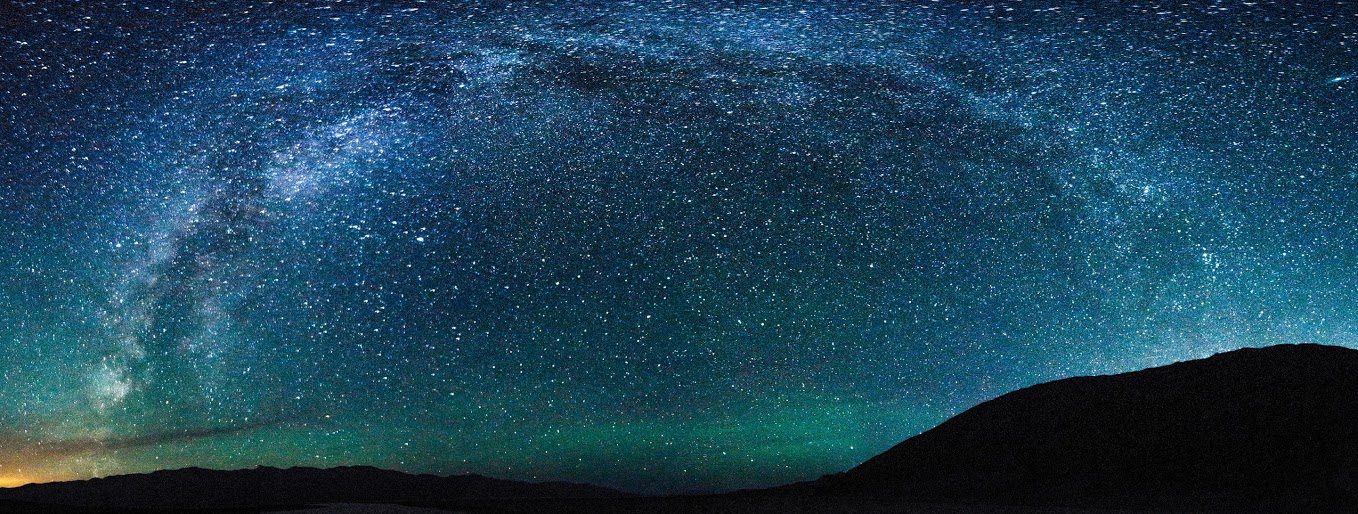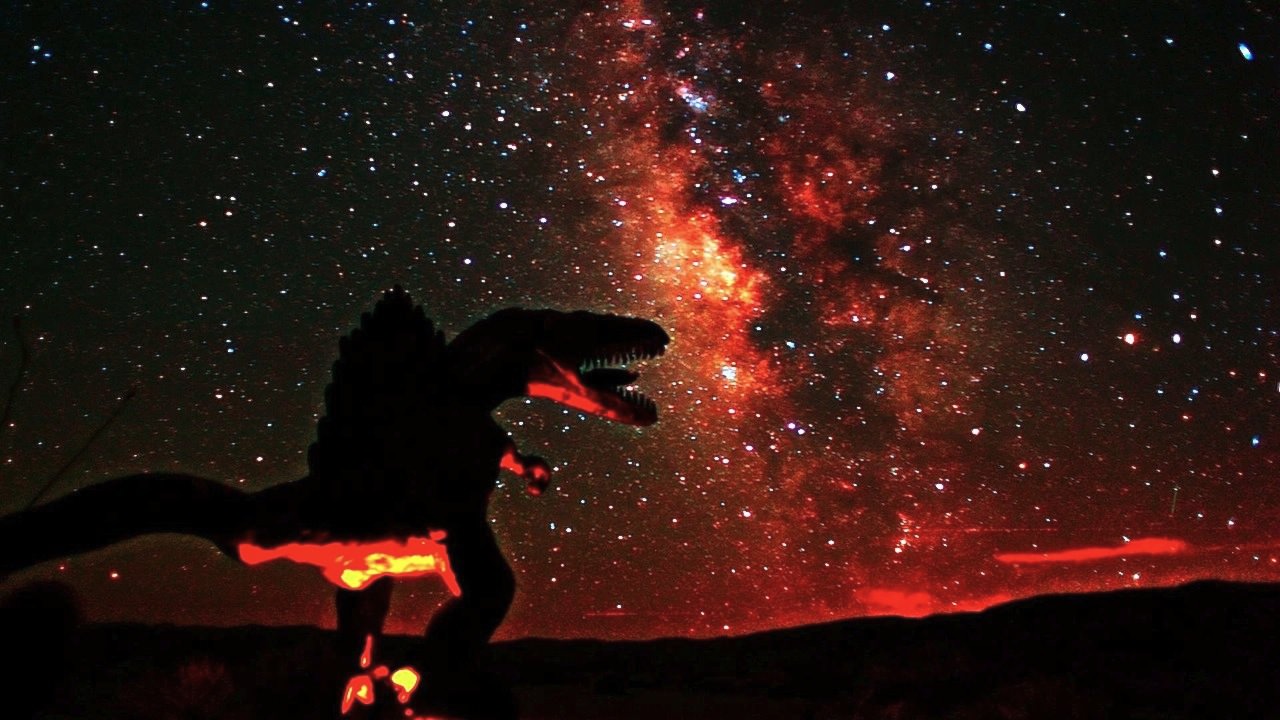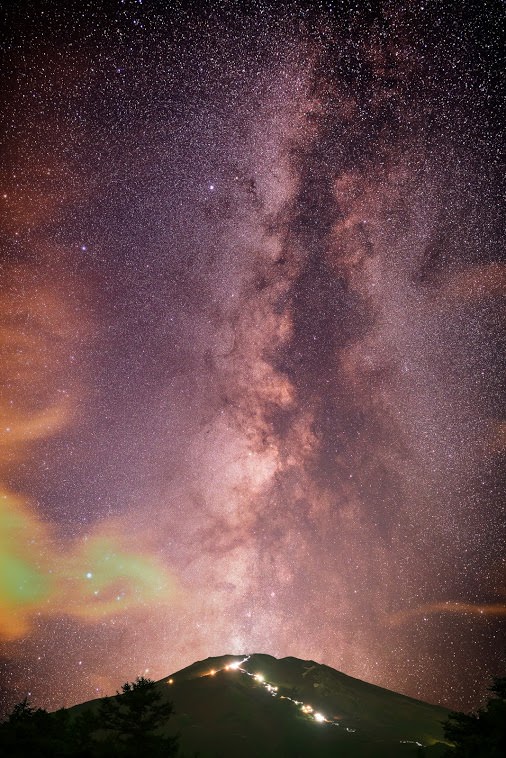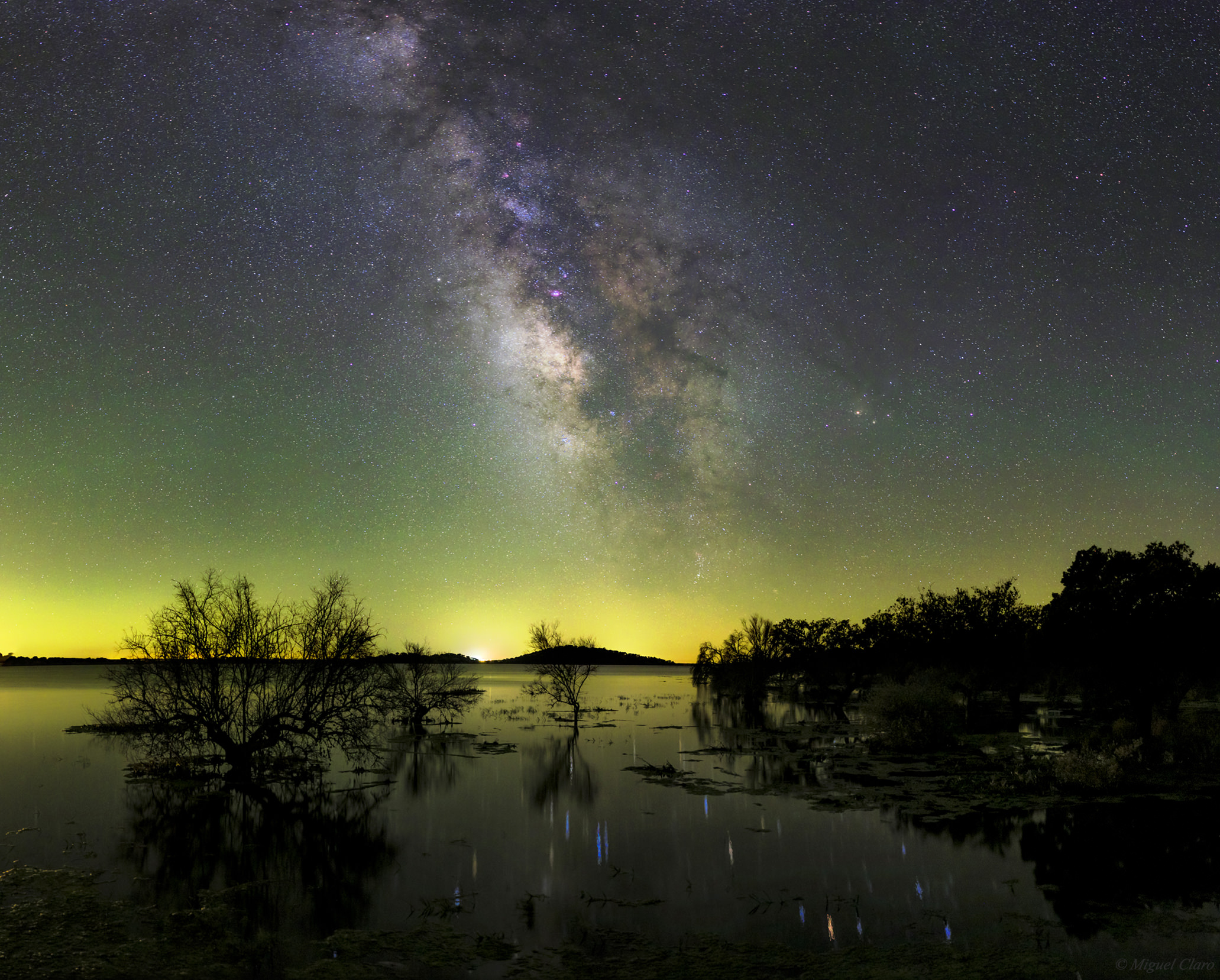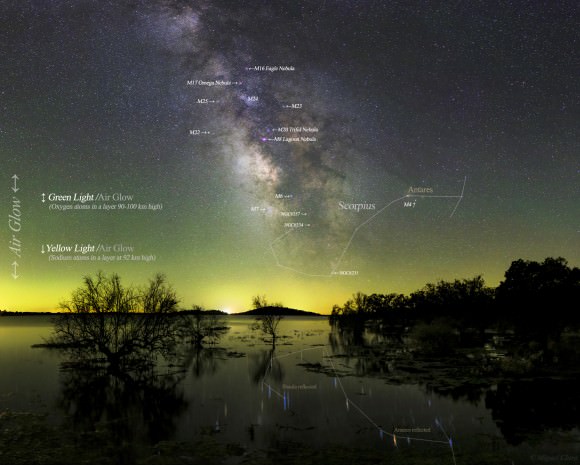Here’s a beautiful view of the Milky Way arching through the sky over the Isle of Wight, an island just off the south coast of England, known for having limited light pollution. This gorgeous image was taken by photographer Chad Powell. You can see more of Chad’s work on his website or his Facebook page.
Want to get your astrophoto featured on Universe Today? Join our Flickr group or send us your images by email (this means you’re giving us permission to post them). Please explain what’s in the picture, when you took it, the equipment you used, etc.
Astrophoto: Too Many Stars to Count
